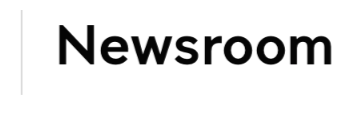WHO's coronavirus inquiry will be more diplomatic than decisive. But Australia should still step up
The decision to authorise a WHO investigation into the origins of the coronavirus is only a partial vindication for nations keen to hold China to account. But it will help strengthen global health measures.


